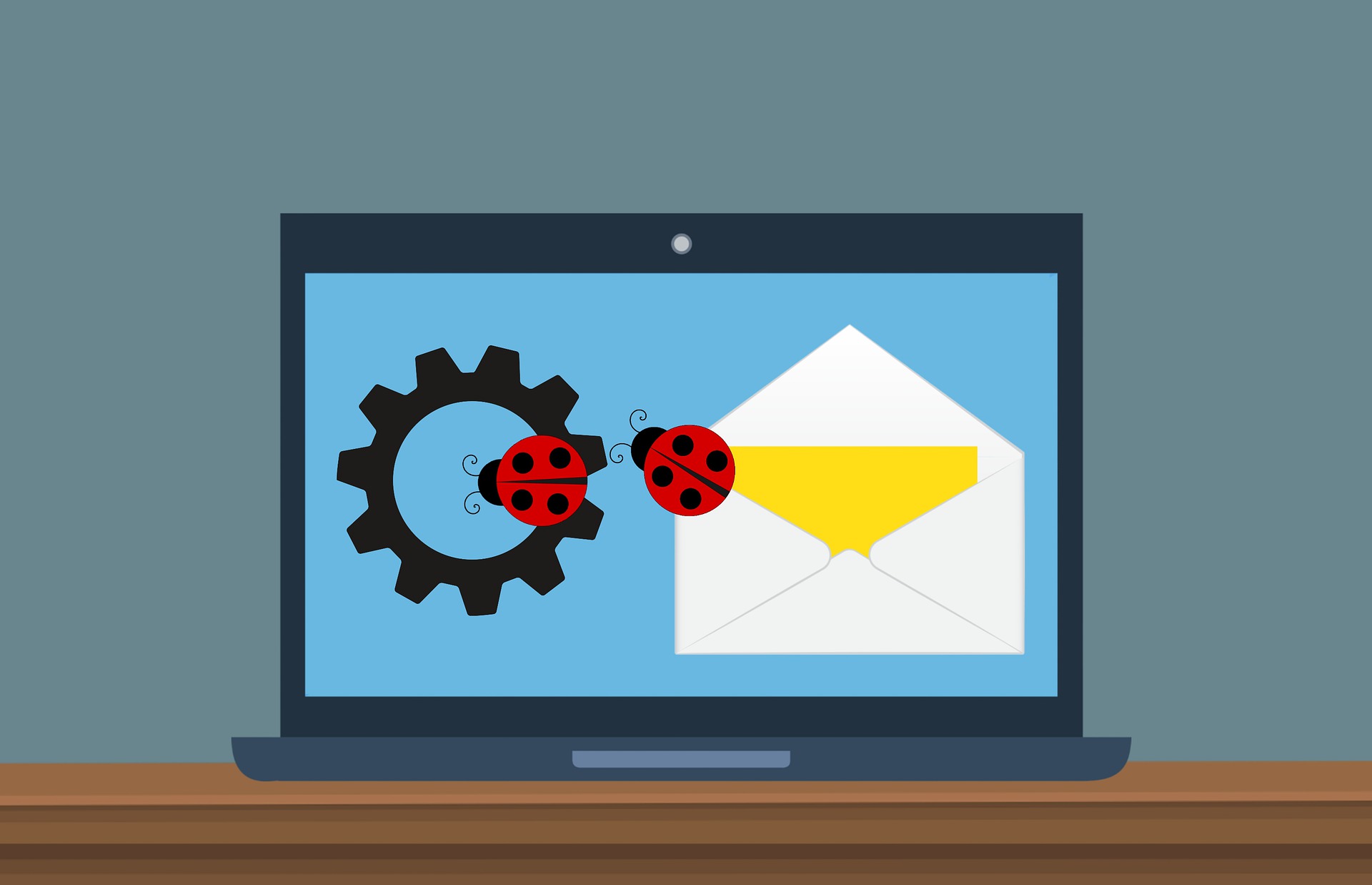How often do you stop and think before clicking a link? Every time, I hope. Because if you’re click happy, it’s only a matter of time till you make a false move and bring disaster to your business by way of malware, stolen data, or worse.
We all know just how big phishing has become (where a fake email looks like it’s from a real company). It was the most common type of cyber-crime last year. If you’re not cautious, it would only take one absent minded click from you or one of your team to cripple your business.
Phishing emails work by either getting you to download an attachment, which is secretly malware. Or to click a link and give away your login credentials or other personal information. And while I know you weren’t born yesterday; these emails can be very convincing.
Often, they look like they’ve been sent from someone you know and trust: Your bank, a supplier, even a colleague. And the email addresses are very close to the genuine ones.
It’s important you know some of the signs to look for before you click or download anything.
First, check the sender’s email address. Is the email sent from the real @company.com or the fake @company-email.com?
Look at the contents of the email. Are there spelling mistakes or is the English not perfect? It’s probably fake.
What about the logo or email signature? Do they look as they usually do or is the resolution poor? Are things a little smaller or larger than normal? And how are you addressed? Dear Customer? Dear [your email address]?
If you have an account with someone, it’s more likely they’d address you by your name, right? If you’re not sure, go back and check other emails you’ve received from that company or person.
If you see any red flags, or you’re not quite sure whether the email is genuine or not, don’t click anything. You can contact the company directly to check with them. You can also give my team a call and they can check the authenticity for you.

